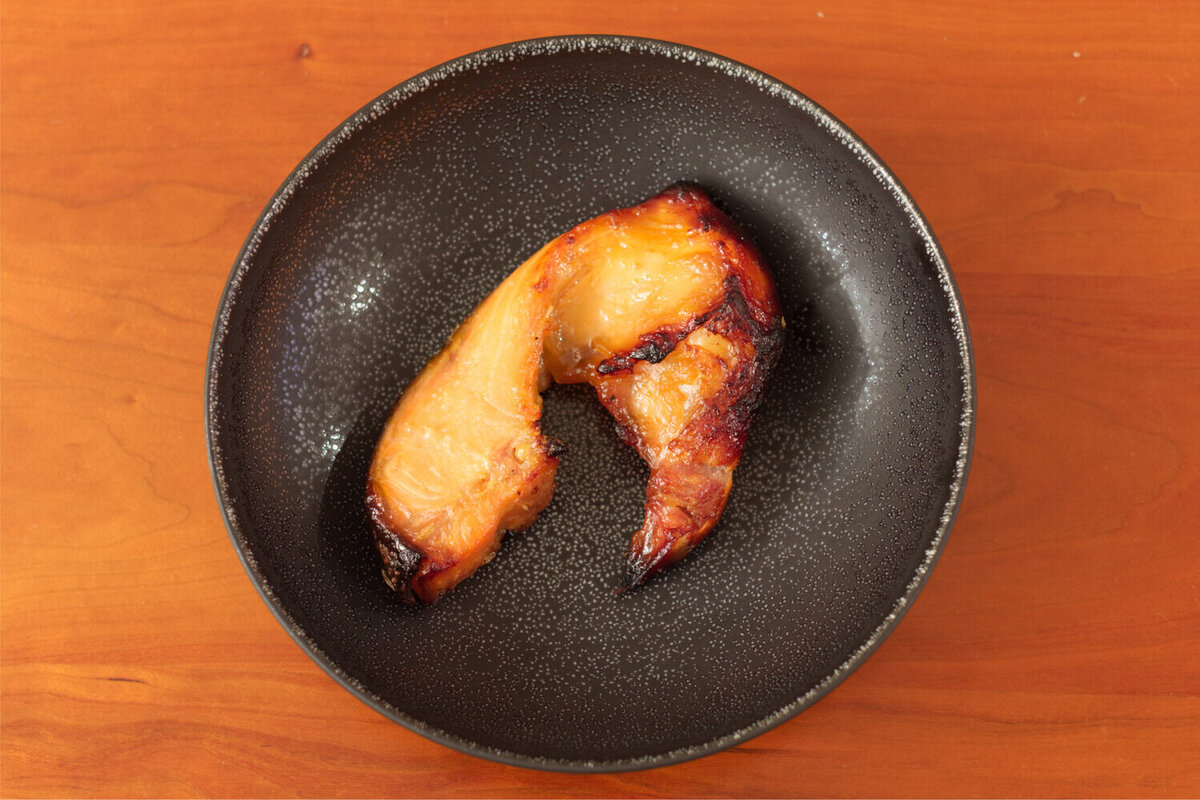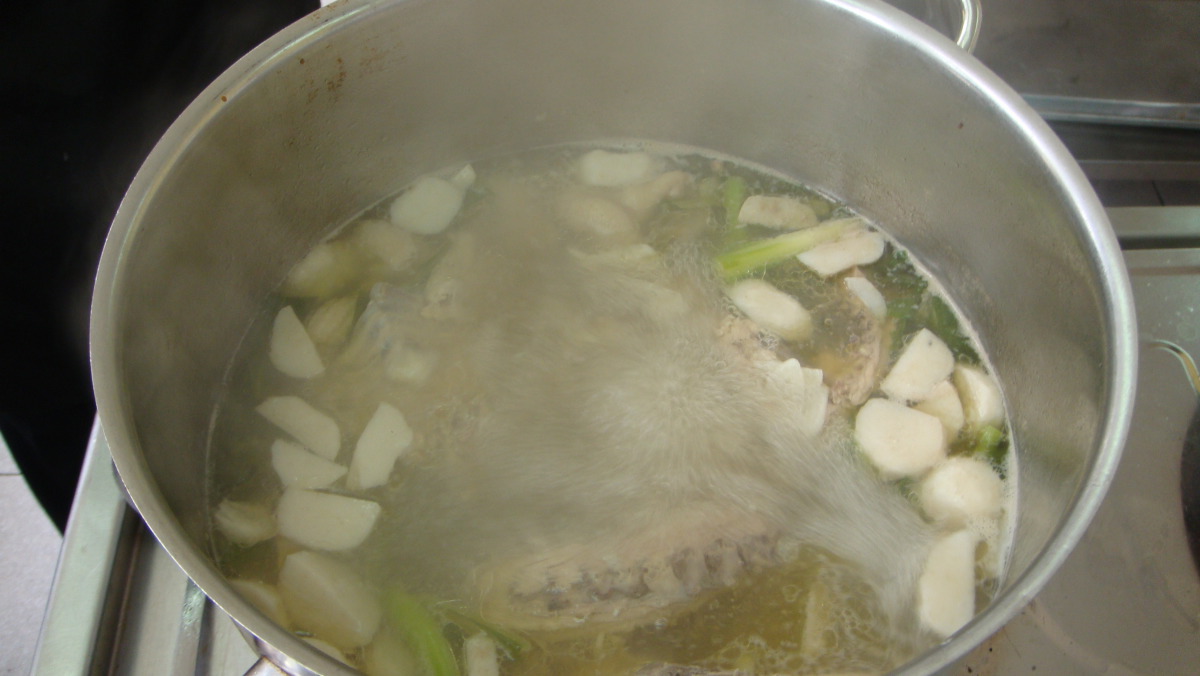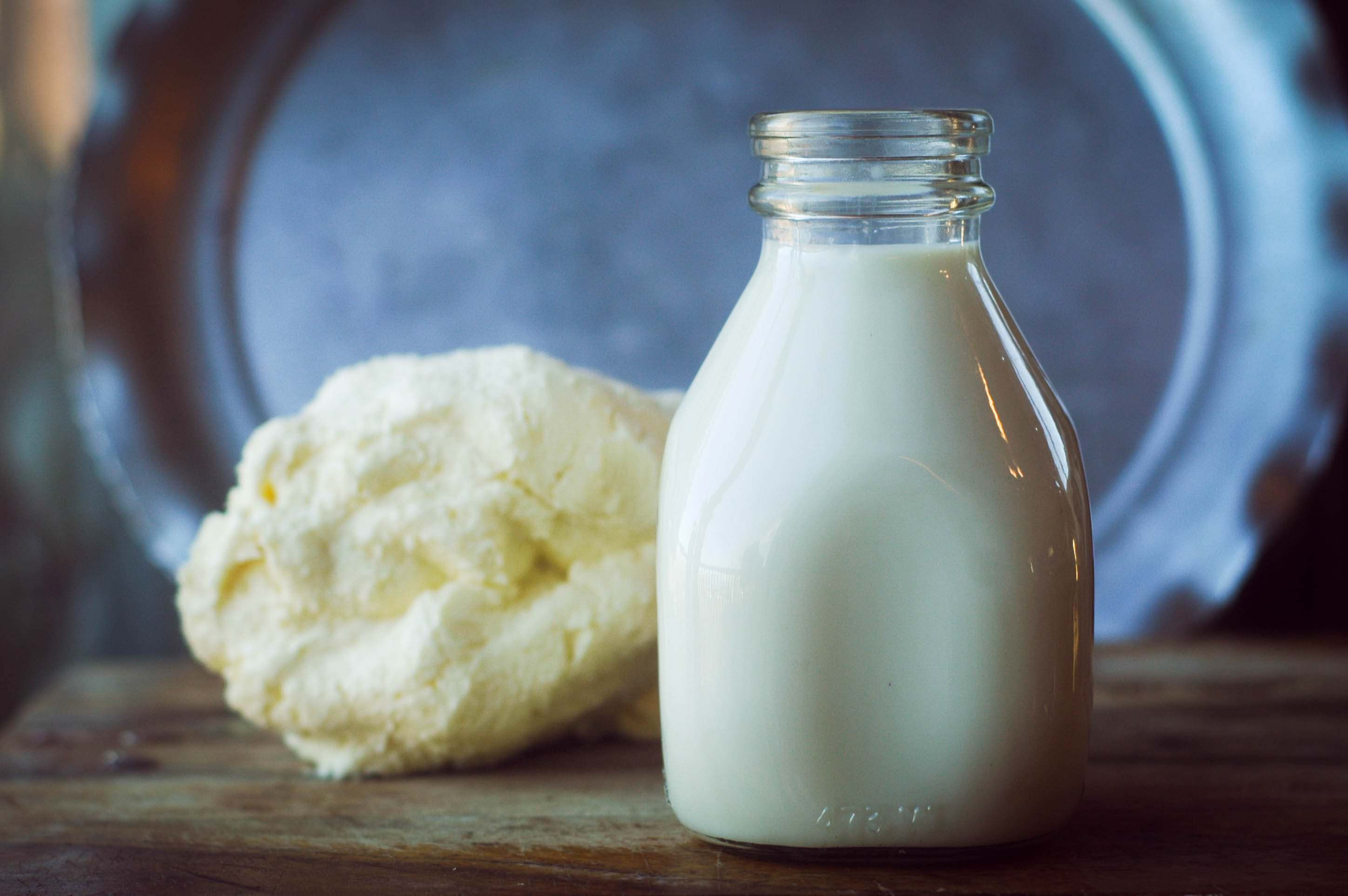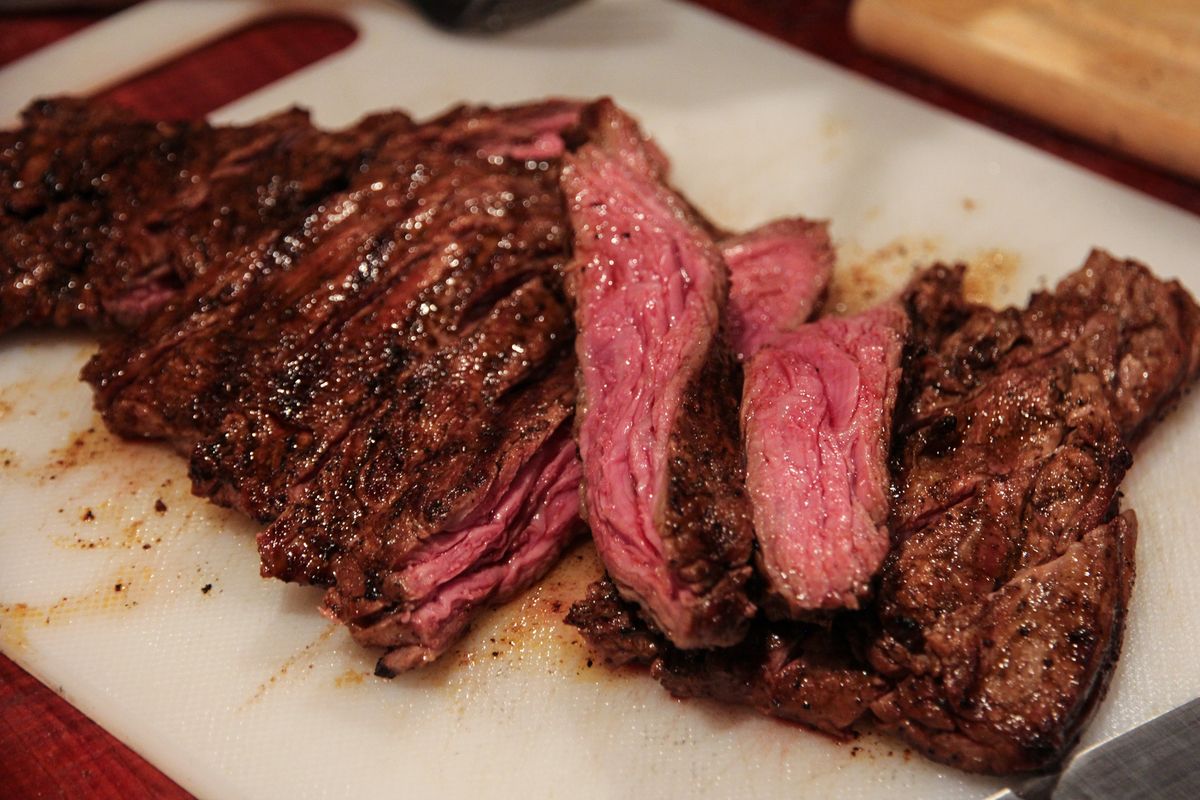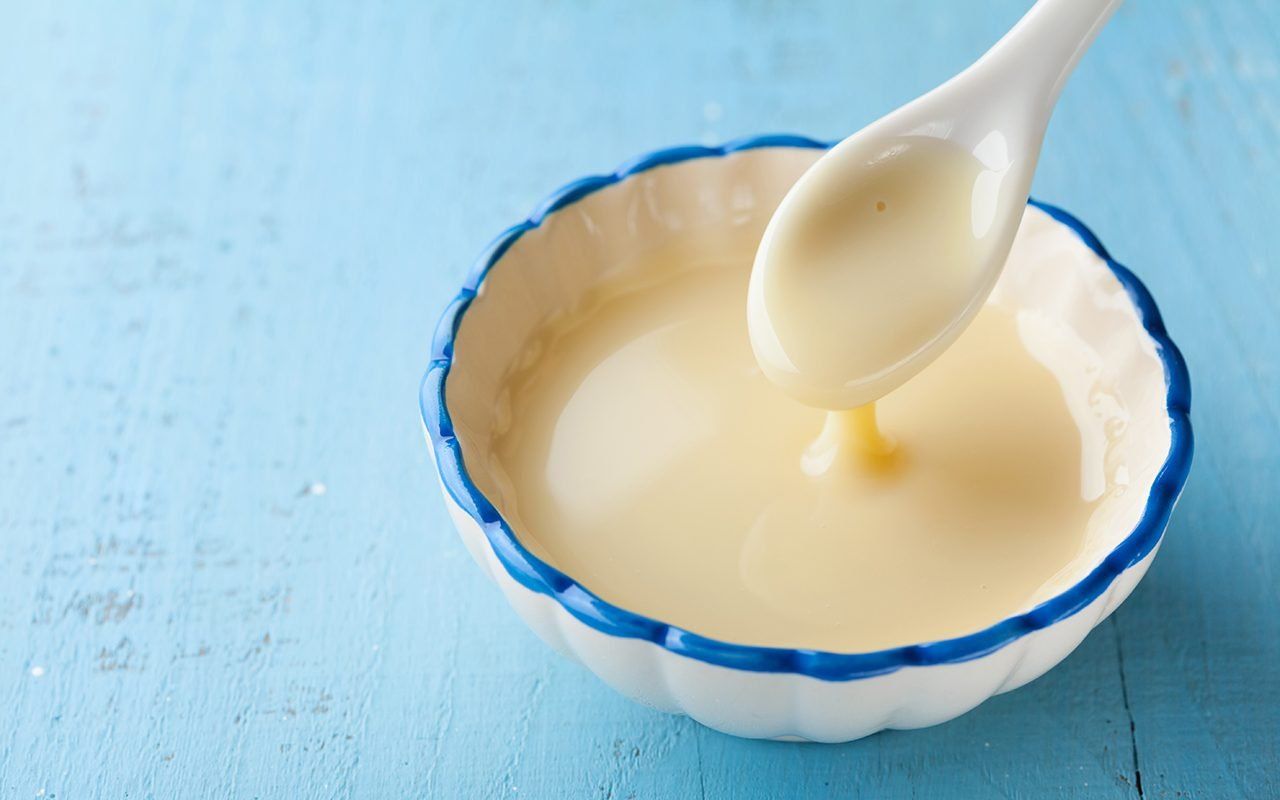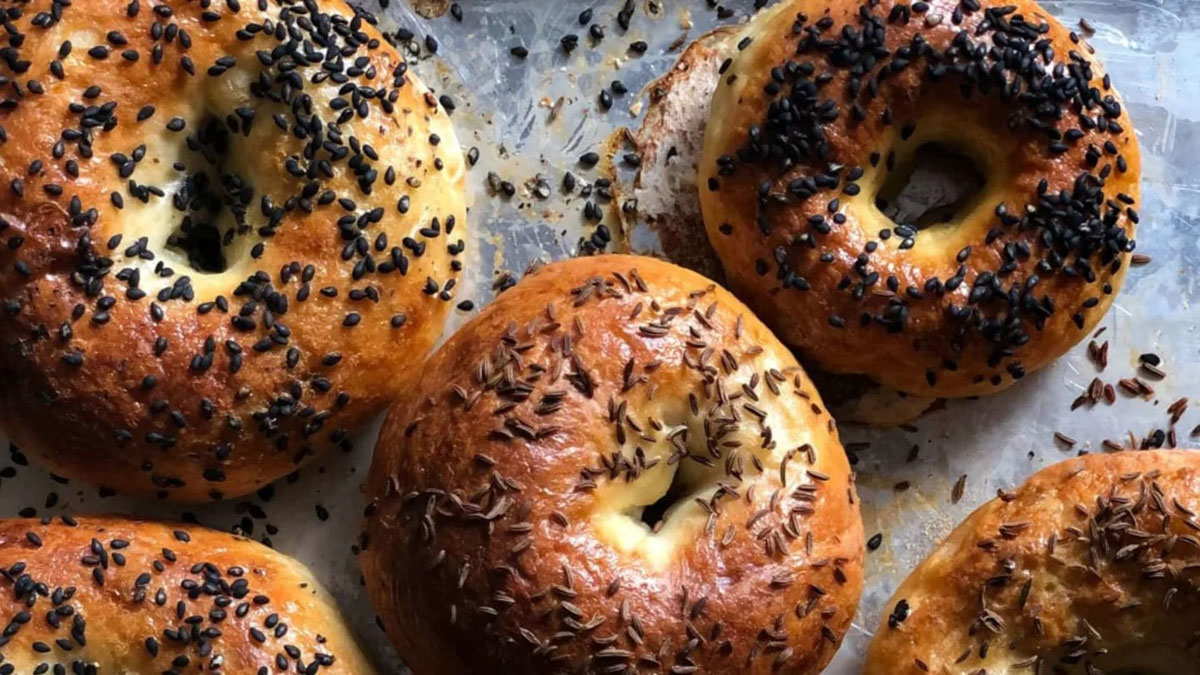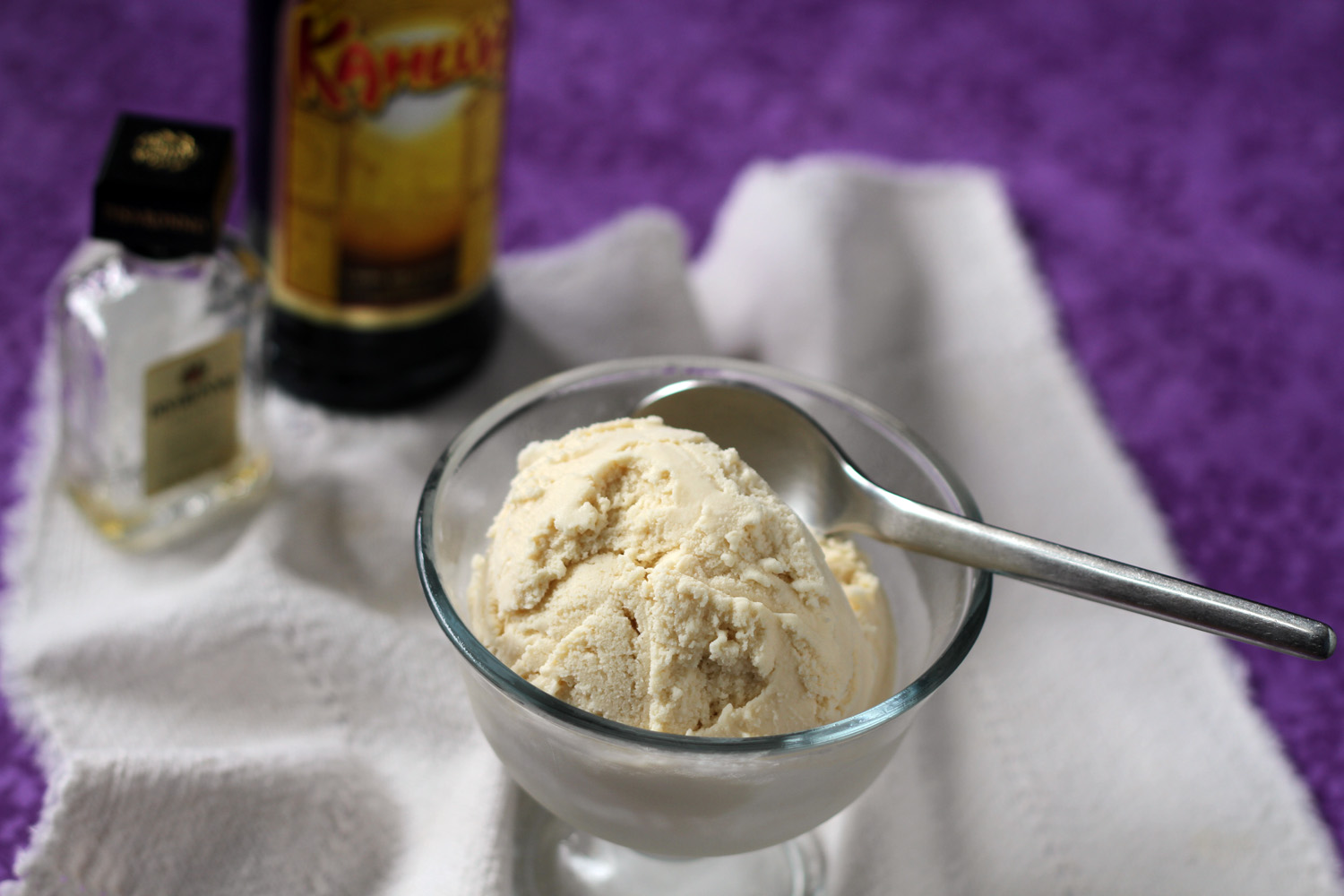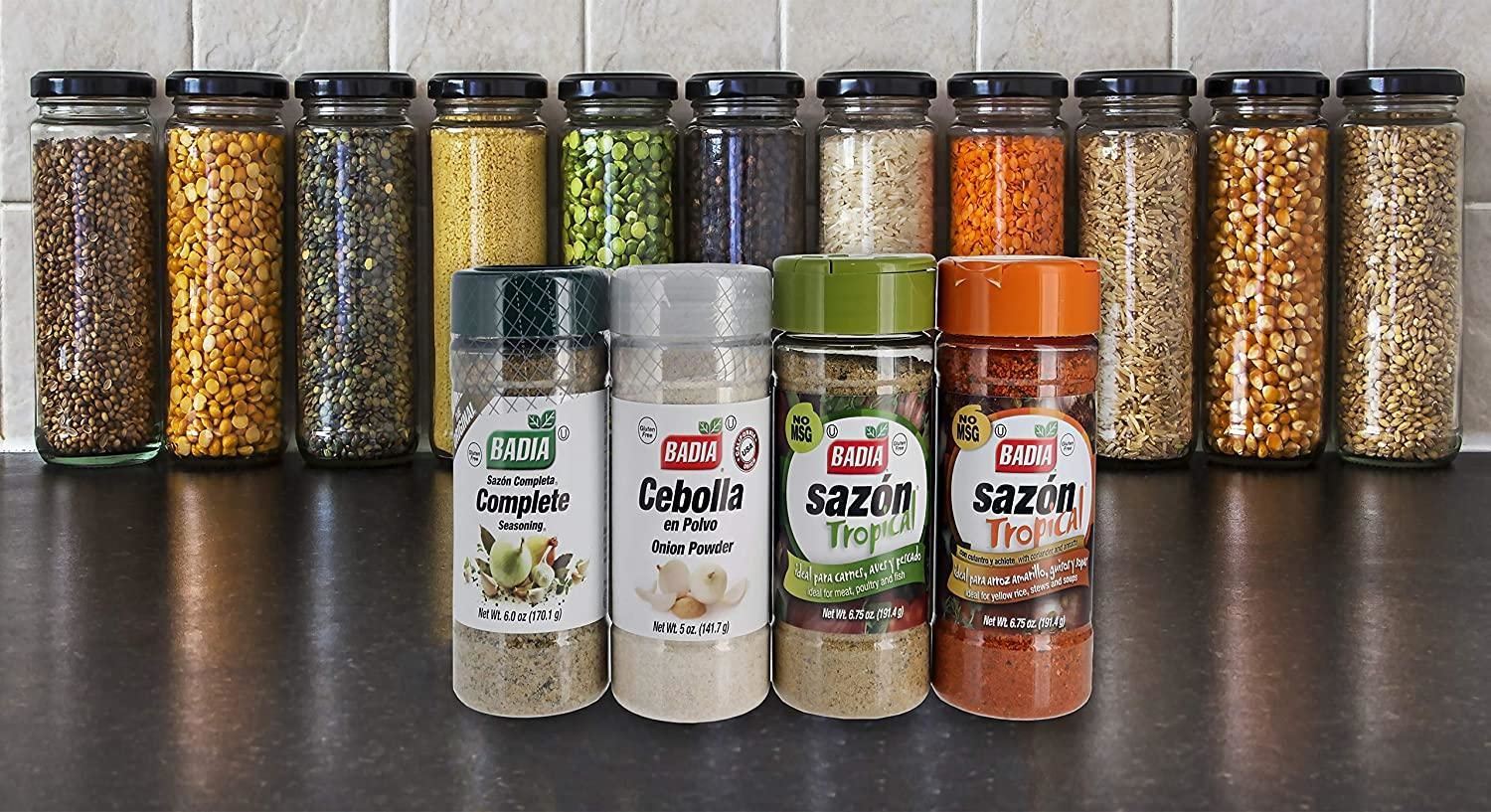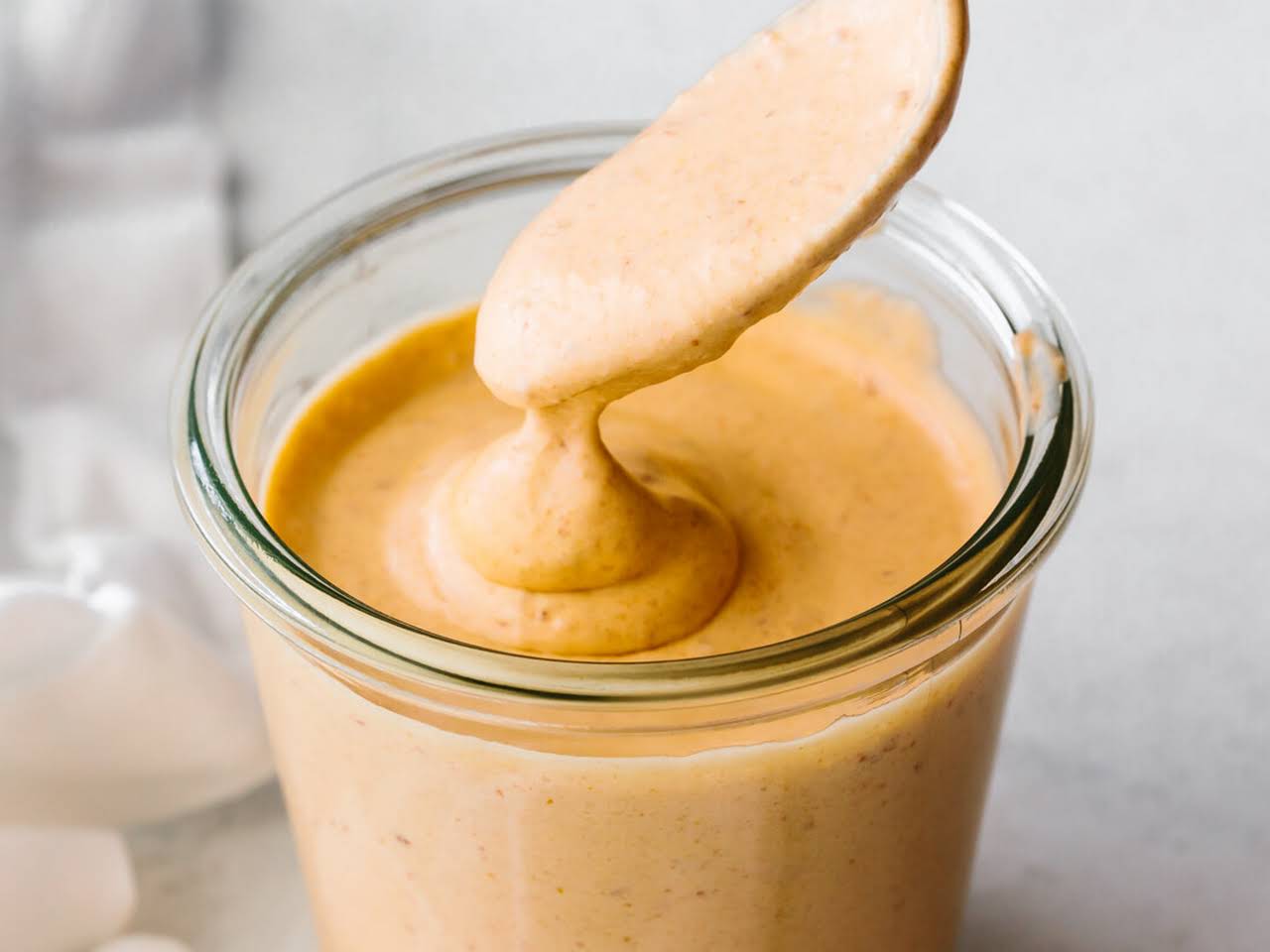Understanding the Consistency of Cookie Dough
Cookie dough is a versatile and delicious treat that can be enjoyed in various forms. Whether you’re baking cookies, making edible cookie dough, or using it in other recipes, the consistency of the dough plays a crucial role in the final outcome. Let’s delve into the different aspects of cookie dough consistency and how it can impact your culinary creations.
Texture
The consistency of cookie dough is primarily determined by its texture. Cookie dough should be smooth, pliable, and slightly sticky to the touch. When properly mixed, it should hold together without being overly wet or dry. Achieving the right texture is essential for shaping the dough into cookies or other desired forms.
Ingredients
The consistency of cookie dough is influenced by its ingredients. The primary components of cookie dough include flour, sugar, butter, eggs, and flavorings. The ratio and quality of these ingredients can significantly impact the dough’s consistency. For example, using too much flour can result in a dry and crumbly dough, while an excess of liquid ingredients can make the dough too wet and sticky.
Chilling
Chilling the cookie dough is a crucial step that affects its consistency. Refrigerating the dough allows the fat in the dough to solidify, resulting in a firmer consistency. This is particularly important for cut-out cookies that require the dough to hold its shape during baking. Additionally, chilling the dough can enhance the flavors and improve the overall texture of the baked cookies.
Adjusting Consistency
If you find that your cookie dough is too dry, you can add a small amount of liquid, such as milk or water, to moisten it. On the other hand, if the dough is too wet, you can gradually add more flour until the desired consistency is achieved. It’s essential to make these adjustments gradually to avoid overcorrecting the consistency of the dough.
Effects on Baking
The consistency of cookie dough directly impacts the baking process and the final product. Properly mixed and shaped cookie dough will result in evenly baked cookies with a desirable texture. If the dough is too wet, the cookies may spread excessively during baking, resulting in thin and crispy cookies. Conversely, overly dry dough can lead to dense and tough cookies.
Conclusion
Understanding the consistency of cookie dough is essential for achieving delicious and well-formed cookies. By paying attention to the texture, ingredients, chilling process, and making necessary adjustments, you can ensure that your cookie dough is just right for baking. Experimenting with different recipes and techniques will help you master the art of creating perfect cookie dough every time.
Whether you prefer classic chocolate chip cookies, indulgent double chocolate cookies, or festive sugar cookies, the consistency of the dough is a fundamental aspect that contributes to the overall enjoyment of these delightful treats.
Was this page helpful?
Read Next: What Is Center-Cut Salmon?

